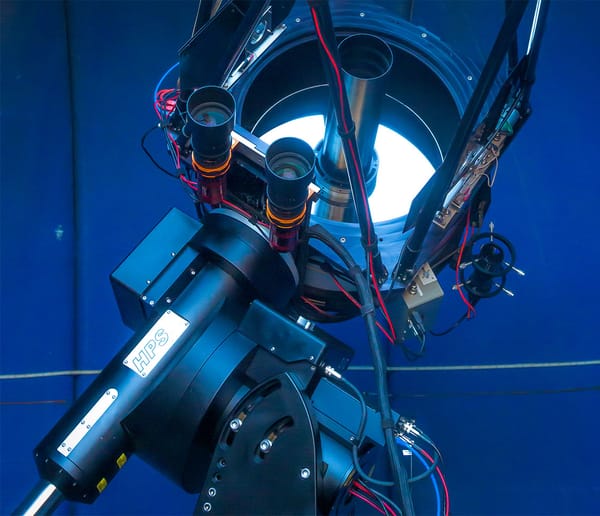
Technical Capabilities
At the heart of the Global Jet Watch is its beautiful research-grade telescopes. The light collected by these telescopes is directed to sophisticated instruments that reveal the dynamic interactions of interstellar events. Although much of our focus is within the Milky Way Galaxy, we can also peer beyond it, as 100% of the night sky is visible to the Global Jet Watch fleet of telescopes. Its key advantage is its longitudinal spread, enabling longitudinal-in-time astronomical investigations. All the Global Jet Watch’s telescopes and instrumentation are robotic and operated remotely, with state-of-the-art weather monitoring systems.
